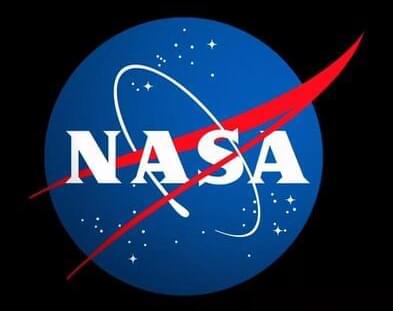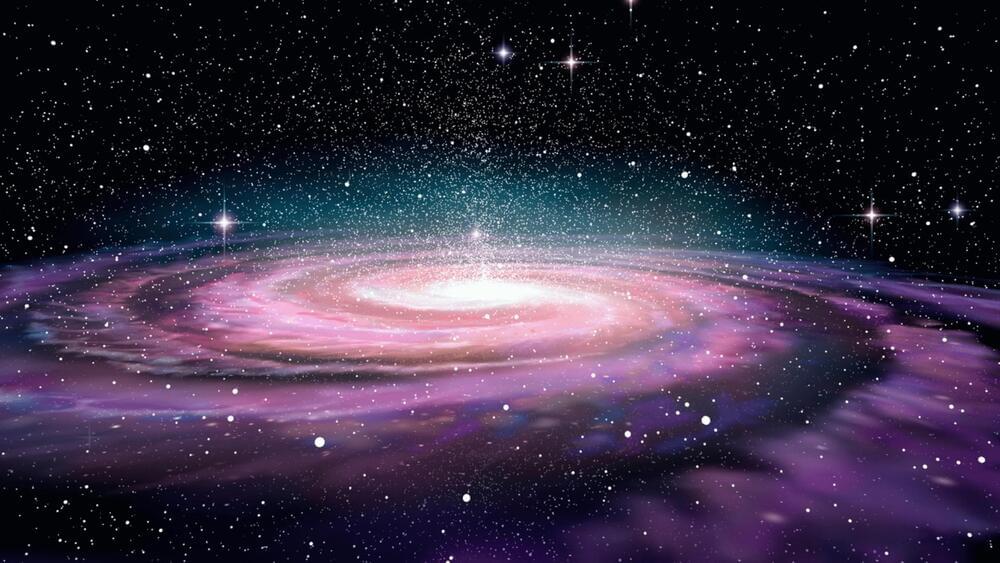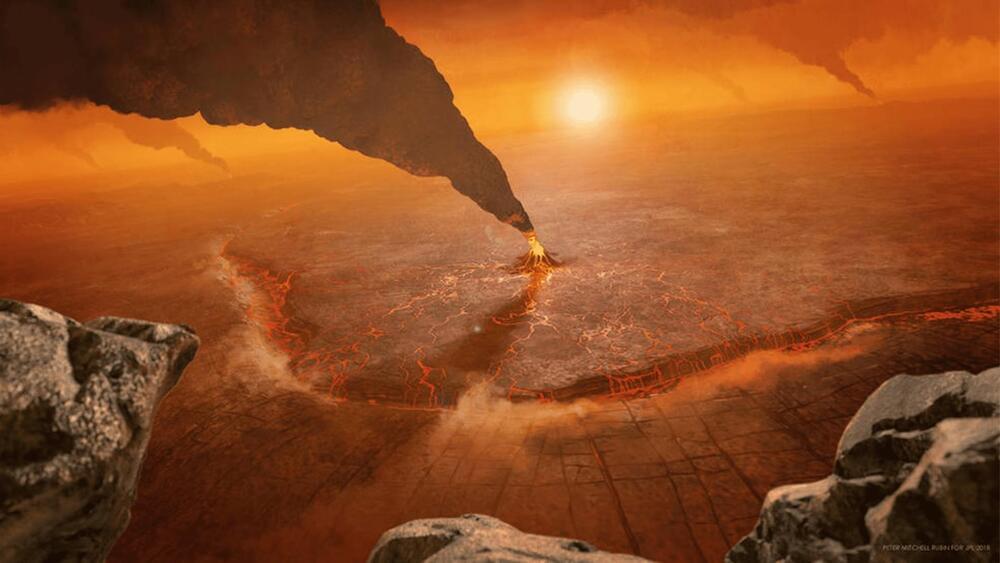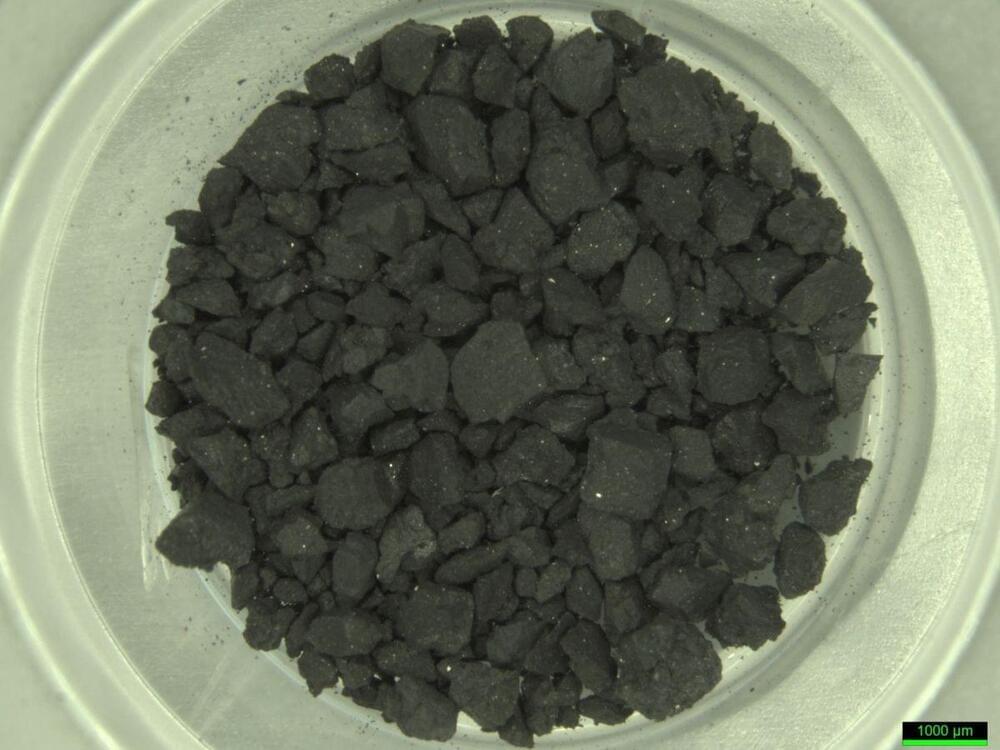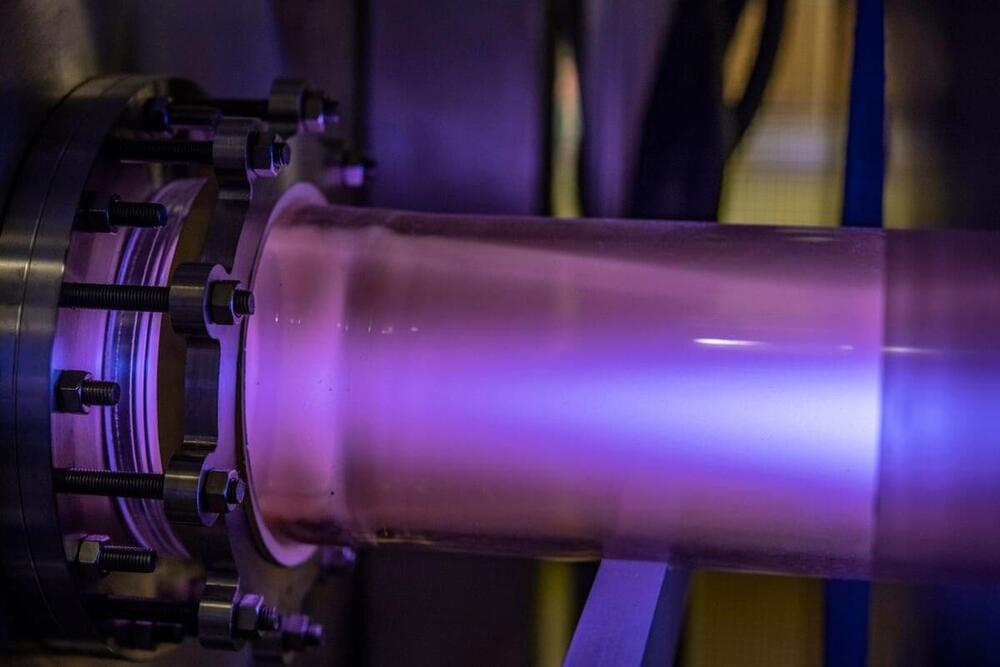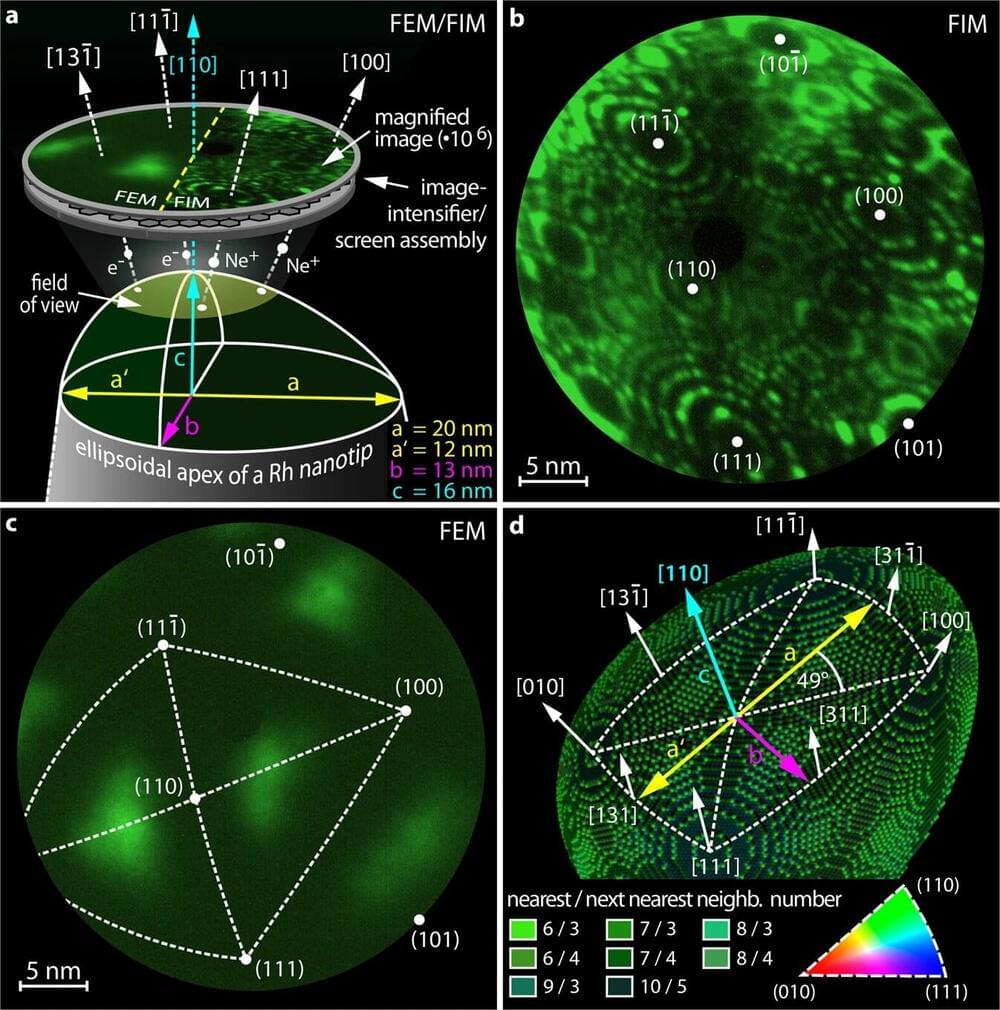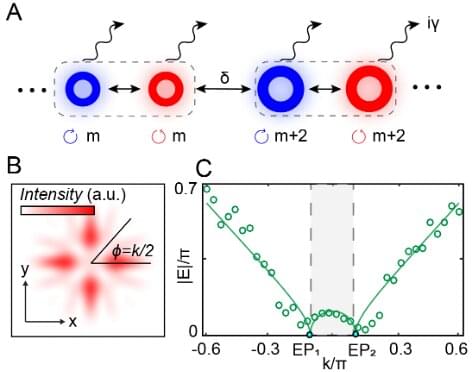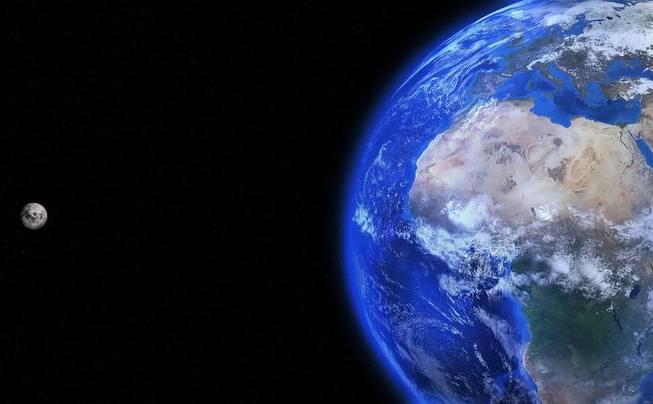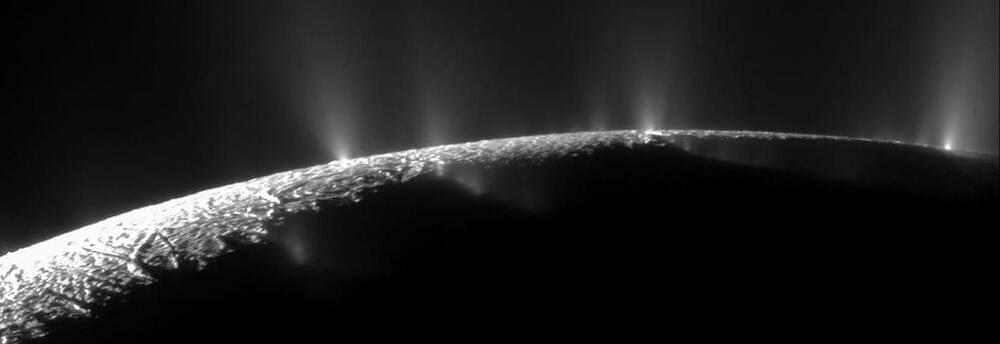Feb 28, 2023
Innovative 3D Telemedicine to Help Keep Astronauts Healthy
Posted by Omuterema Akhahenda in categories: augmented reality, biotech/medical, computing, space
During almost two-years of the COVID-19 pandemic, the growth of telemedicine and new ways of reaching people has changed and developed. In October 2021, NASA flight surgeon Dr. Josef Schmid, industry partner AEXA Aerospace CEO Fernando De La Pena Llaca, and their teams were the first humans “holoported” from Earth into space.
Using the Microsoft Hololens Kinect camera and a personal computer with custom software from Aexa, ESA (European Space Agency) astronaut Thomas Pesquet had a two-way conversation with live images of Schmid and De La Pena placed in the middle of the International Space Station. This was the first holoportation handshake from Earth in space.
Holoportation is a type of capture technology that allows high-quality 3D models of people to be reconstructed, compressed and transmitted live anywhere in real time.
Continue reading “Innovative 3D Telemedicine to Help Keep Astronauts Healthy” »
